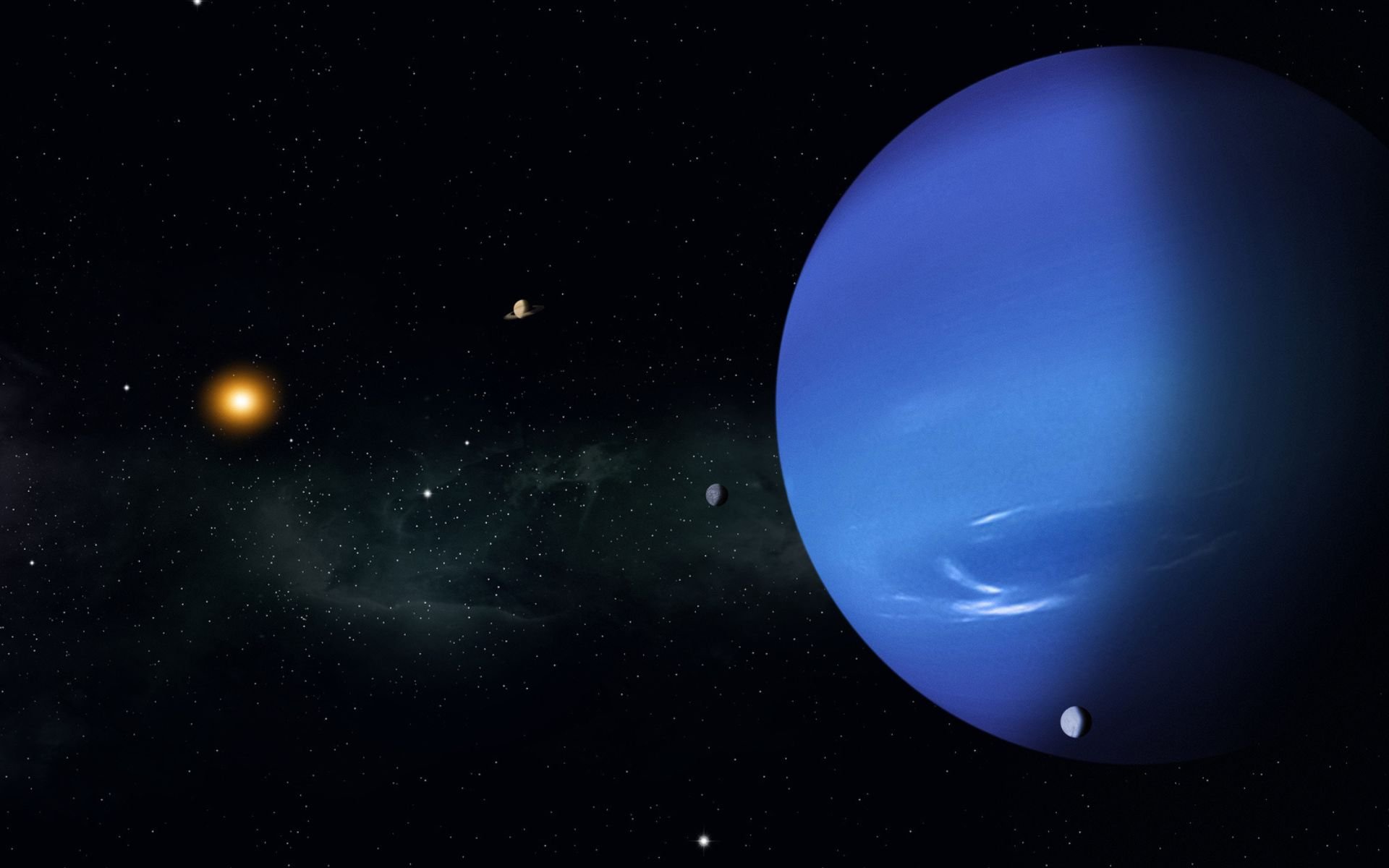International Astronomical Union (IAU) Minor Planet Center It has been officially announced that three new moons have been detected in the Solar System — one of these was observed in 2002 but was ‘missing’ until 2021. Two moons were discovered near the orbit of Neptune, while the other was found in the orbit of Uranus.
As of now, the number of natural satellites in the Solar System has increased to 293. The IAU body is responsible for naming some cosmic objects such as planets, comets, asteroids, moons, among other celestial bodies.
In a statement, The moons are considered the faintest moons around these two planets ever detected by telescopes on Earth, scientists say.It was therefore necessary to use special image processing. The team responsible for the research used data from observatories in Hawaii and Chile.
The moon on Uranus, tentatively named S/2023 U1, is approximately 8 kilometers in diameter and completes its orbit around the planet in 680 days. Discovered on November 4, 2023, it was the 28th officially recognized moon of Uranus.
Natural satellites S/2002 N5 and S/2021 N1 were discovered on Neptune; The first is 23 kilometers in size and revolves around the planet every nine years, while the second is 14 kilometers in size and revolves around Neptune every 27 years. In total, the planet has 16 official moons.
“The three newly discovered moons are the faintest moons ever found around these two icy giant planets using ground-based telescopes. In an official statement about the discovery, astronomer Scott Sheppard of the Carnegie Institution for Science in the United States said: He said special image processing was required.
New moons in Uranus and Neptune
As mentioned before, the names of official satellites are provisional; Uranus’ moon will be named after a character in William Shakespeare’s work, while Neptune’s moon will be named after Greek mythology.
Because they are small and extremely far from Earth, it is not that easy to detect them using terrestrial telescopes. So scientists used an image stacking technique that could highlight them.
The data shows that the three moons have an egg-like shape and are tilted relative to the planets they orbit. These features show that they were not born close to each other, but were captured by the gravitational force after a while after formation.
“Even Uranus, which is tilted on its side, has a lunar population similar to that of other giant planets orbiting our Sun. And Neptune, which is likely capturing the distant Kuiper Belt object Triton (an ice-rich object larger than Pluto), is an event that could disrupt the lunar system.” , has outer moons that are similar to its neighbors,” Sheppard said.
Did you like the content? So always stay informed about the latest discoveries in the Solar System at TecMundo. If you want, find out why there are no gaseous moons.
Source: Tec Mundo
I’m Blaine Morgan, an experienced journalist and writer with over 8 years of experience in the tech industry. My expertise lies in writing about technology news and trends, covering everything from cutting-edge gadgets to emerging software developments. I’ve written for several leading publications including Gadget Onus where I am an author.













